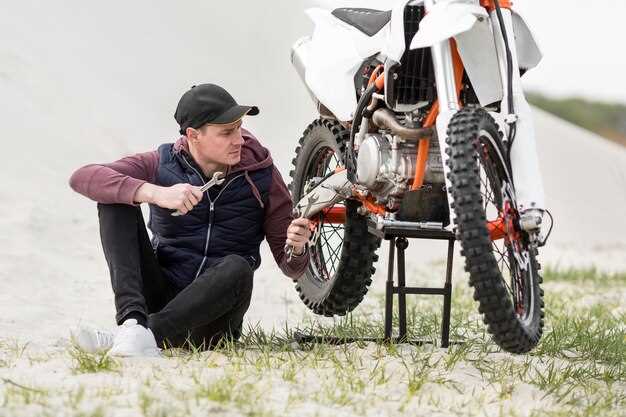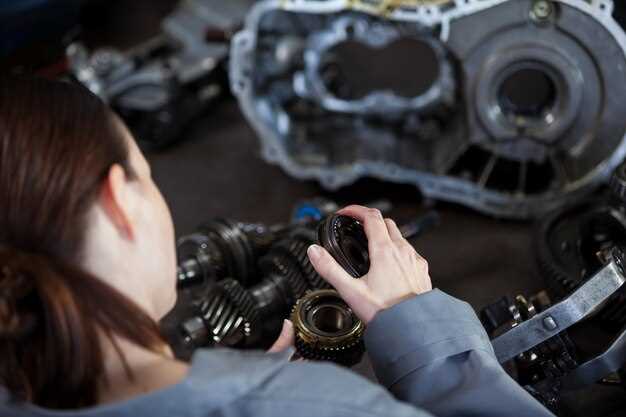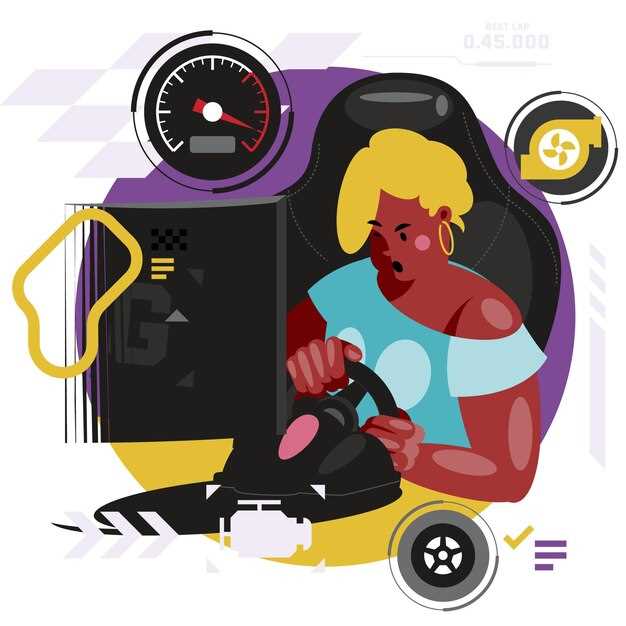
When it comes to maximizing performance on the track, the suspension setup of your vehicle plays a crucial role. A well-tuned suspension not only enhances grip and stability but also improves handling characteristics, allowing drivers to achieve faster lap times and greater confidence behind the wheel. Whether you are a seasoned racer or a novice enthusiast, understanding the fundamentals of suspension adjustments can significantly impact your driving experience.
To optimize your vehicle’s suspension system, it is essential to consider various factors including spring rates, damping settings, and alignment specifications. Each component of the suspension system works in harmony to manage the dynamics of the car, influencing how it responds to the track surface and driver inputs. By methodically adjusting these settings, you can tailor your suspension to match the unique demands of different tracks and driving styles.
This article aims to provide practical tips and insights into effective suspension setup techniques that can lead to optimal performance on the track. From understanding the effects of weight distribution to exploring the importance of tire pressure, we will delve into the specific adjustments you can make to achieve the desired handling characteristics and elevate your racing game. Join us as we explore these essential tips to unlock the full potential of your vehicle’s suspension system.
Adjusting Camber and Toe Settings for Better Grip

Optimizing camber and toe settings is essential for enhancing grip and overall performance in track control suspension setups. Both parameters significantly influence tire contact with the road surface during cornering and straight-line acceleration.
Camber refers to the angle of the wheels in relation to the vertical plane. A negative camber angle allows the tires to maintain better contact with the road during turns, especially in high-speed scenarios. This enhances cornering grip and reduces tire wear on the outer edge. However, excessive negative camber can lead to reduced straight-line traction, so it is crucial to find a balance based on your driving style and track conditions.
Toe settings determine the angle at which the tires point in relation to the centerline of the vehicle. A toe-in configuration can improve straight-line stability, while toe-out settings enhance responsiveness in turns. Fine-tuning these angles can directly affect how the car behaves under various conditions. For instance, slight toe-out can help with turning responsiveness, but too much can lead to instability and uneven tire wear.
When adjusting camber and toe, it is vital to consider the driving environment. Dedicated track vehicles may benefit from more aggressive settings, while street setups might prioritize longevity and comfort. Regular checks and adjustments should be made to accommodate tire wear and different track surfaces.
In addition to camber and toe, ensure other suspension components, such as shock absorbers and anti-roll bars, are also properly configured. A well-rounded suspension setup will not only optimize grip but also improve the overall handling characteristics of the vehicle.
Choosing the Right Spring Rates for Your Driving Style
Selecting the appropriate spring rates is essential for achieving optimal suspension performance tailored to your driving style. The spring rate affects how the suspension system reacts to road conditions, impacts vehicle handling, and influences ride comfort. Understanding your driving preferences and the type of terrain you will encounter is crucial for making informed decisions.
If you are an aggressive driver who enjoys high-speed cornering and track days, stiffer springs are often recommended. A higher spring rate reduces body roll, providing better control during sharp turns and maintaining tire contact with the road surface. However, this setup may sacrifice some ride comfort, making it less suitable for daily driving in urban environments.
For those who prioritize comfort over performance, such as daily commuters or recreational drivers, softer spring rates can enhance ride quality. Softer springs absorb bumps and imperfections in the road, resulting in a smoother driving experience. This setup is generally favorable for vehicles that are primarily used on public roads rather than racetracks.
It is also important to consider the weight distribution of your vehicle. Heavier cars may require higher spring rates to effectively manage their mass, while lighter vehicles can benefit from softer springs that enhance agility and responsiveness. Additionally, the type of suspension (e.g., coilovers, leaf springs) will influence the selection of spring rates.
Another factor to examine is the specific application of the vehicle. Off-road vehicles typically benefit from softer springs that allow for greater wheel travel and articulation, essential for navigating rough terrains. Conversely, vehicles designed for circuit racing may require a firmer setup to handle high lateral forces and maintain stability in dynamic conditions.
It is advisable to test various spring rates to determine what feels best for your driving style. Many performance enthusiasts utilize a trial-and-error approach, adjusting and fine-tuning their suspension setup over time. Consulting with suspension specialists or fellow enthusiasts can also provide valuable insight into what works best for specific driving situations.
Ultimately, choosing the right spring rates is a balance between performance, comfort, and driving style. Take the time to experiment and find the ideal setup that enhances both your driving experience and the overall capabilities of your vehicle.
Tuning Damping for Enhanced Cornering Stability

When optimizing your suspension setup for track performance, one of the critical aspects to focus on is damping. Properly tuned damping enhances cornering stability and significantly improves handling characteristics. Damping controls the rate at which the suspension compresses and rebounds, thereby influencing how the car reacts during cornering.
Start by adjusting the compression damping. This adjusts how quickly the suspension compresses when the car hits a bump or enters a corner. Too much compression damping can lead to a harsh ride and reduce tire contact with the track, resulting in poor handling. Conversely, too little can cause excessive body roll, compromising stability. Aim for a balance that allows the tires to maintain optimal contact with the surface while managing body movement effectively.
Next, look at rebound damping. This affects how quickly the suspension returns to its neutral position after compression. Proper rebound damping is essential for restoring stability after the car has settled into a corner. If rebound is too slow, the car may feel sluggish and unstable as it transitions out of a corner. If it’s too fast, it can lead to a bouncy ride and loss of traction. Fine-tuning rebound damping helps enhance overall handling by maintaining a balanced attitude through transitions.
It’s also important to consider the relationship between compression and rebound settings. A well-balanced setup, where compression and rebound are tuned in harmony, can greatly improve handling and cornering performance. Small incremental adjustments can lead to significant shifts in behavior, so it’s crucial to test the changes under various conditions to find the optimal setting.
Finally, monitor tire performance as you make adjustments. Different damping settings can alter tire wear patterns and contact patch dynamics, significantly impacting handling. Effective tuning of damping can transform the car’s response to steering inputs and improve cornering stability, ultimately leading to faster lap times and a more enjoyable driving experience on the track.












